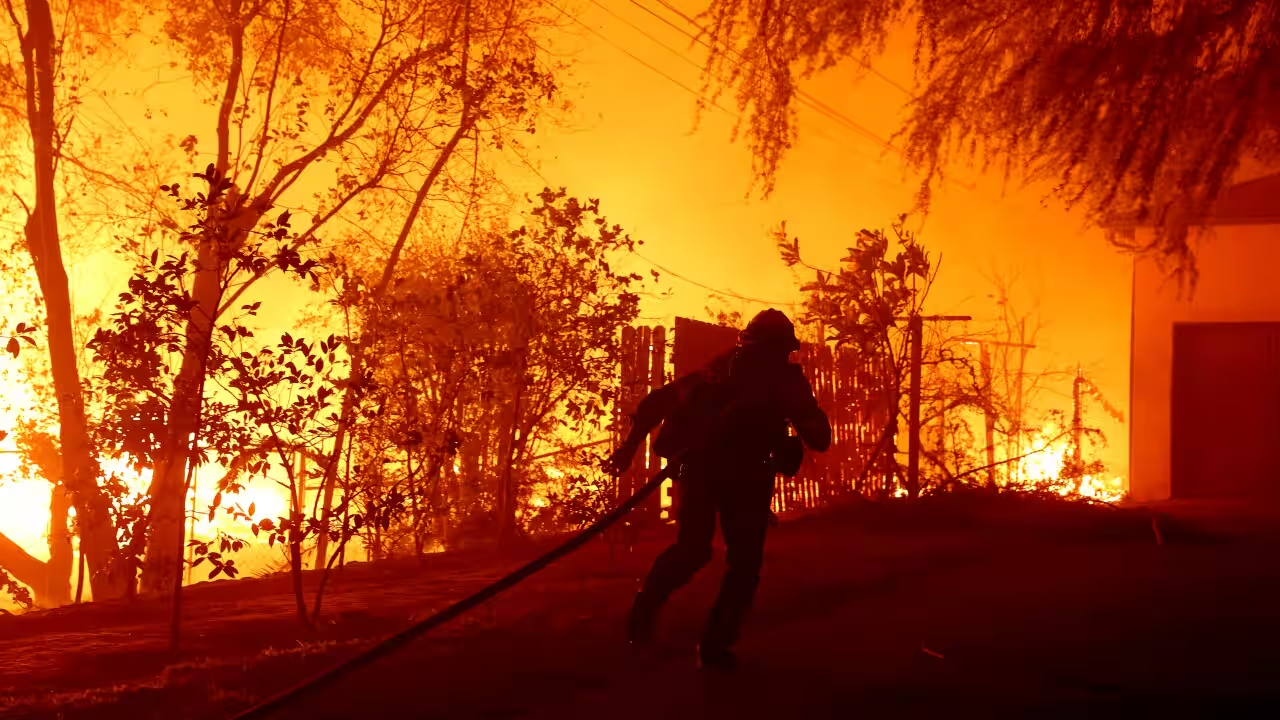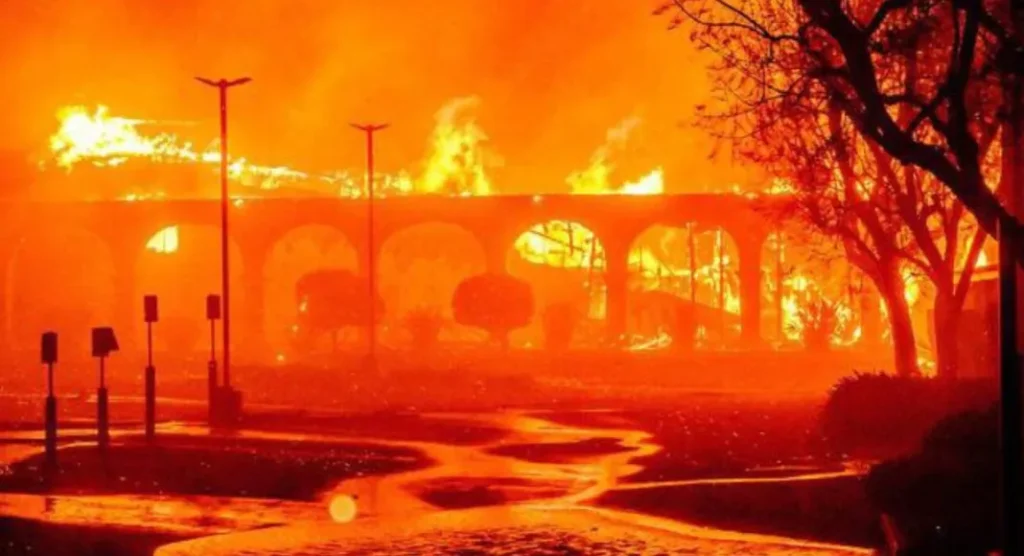The devastating wildfires raging through Los Angeles are a harsh reminder of the dangers of climate change.
As we watch the disaster unfold in real-time, we’re forced to confront the reality of our new normal. The question on everyone’s mind is: could this happen in a major Australian city? The answer is a resounding yes.
Why is LA on Fire?
The areas north of LA have always been at high risk of wildfires due to the combination of fuels from trees and plants and the uneven terrain.
The strong Santa Ana winds and dry landscape created a perfect storm, overwhelming the fire suppression capacity and allowing the fires to spread rapidly.
The speed and ferocity of the fires were unprecedented, even for a region with a robust aerial firefighting capacity.

Could this Happen in Australia?
The short answer is yes. While we don’t have Santa Ana winds, we do have downslope winds that can be just as deadly.
These winds can quickly spread fires into urban areas, especially if the conditions are right. We’ve seen it happen before, and we have all the ingredients for a disaster: dry landscapes, strong winds, and vulnerable suburbs.
How Prepared are Australian Cities?
Unfortunately, Australia is not well-prepared for scenarios like this. Our suburbs are often not designed with fire safety in mind, and our emergency plans may not be adequate.
However, it’s not all doom and gloom. By working together, we can reduce the risk of fires destroying suburban and semi-suburban areas.
This requires a concerted effort from all levels of government and the community to create safer gardens, clear bushland, and implement planning rules that prioritize fire safety.
What Can We Do?
To achieve fire-ready cities, we need a mix of research, education, incentivization, and penalties. We must also ask ourselves: how bushfire-aware are city residents?
Many people in suburban areas may not consider themselves vulnerable and may not have a plan in place. We need to educate people about the risks and provide them with the tools and resources they need to prepare.
Planning for the Worst
We need to create safe havens for residents in cities, just like we do in rural areas. People should have a plan in place, including knowing where to go and how to get there.
We should also educate people about what to expect at evacuation points and encourage them to take their own food, water, and medicines. The planning discussion should include residents installing their own specially designed fire shelters at home, if possible.
The Bigger Picture
The LA fires show us that climate change is not just a distant threat; it’s a harsh reality that’s already affecting us.
Global heating is making bushfires in Australia more frequent and severe, and the costs are adding up. Home insurance costs are increasing, and the broader economy will feel the impact.
It’s time for authorities and communities to overhaul their assumptions about fire risk and preparedness. We can’t afford to kick the can down the road; the crisis is here, and it’s time to act.

